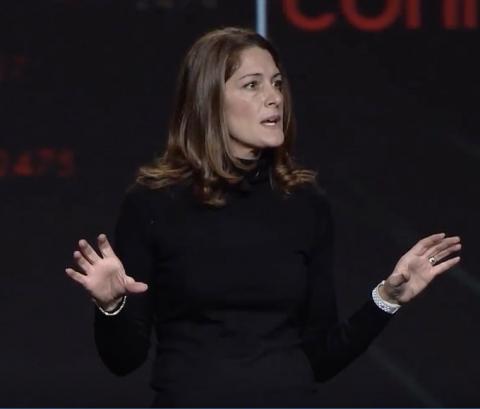Rommie E. Amaro, Ph.D.
Distinguished Professorship in Theoretical and Computational Chemistry
Department of Chemistry and Biochemistry
University of California, San Diego
Seminar Information

I will discuss our lab’s efforts, together with collaborators, to use computational microscopy to understand the SARS-CoV-2 virus in atomic detail, with the goals to better understand molecular recognition of the virus and host cell receptors, antibody binding and design, and the search for novel therapeutics. I will focus on our studies of the spike protein, its glycan shield, its interactions with the human ACE2 receptor, our ACM Gordon Bell Special Prize winning efforts to model the SARS-CoV-2 virion, and escape variants. I will also discuss our efforts to completely revise current models of airborne transmission of respiratory viruses by providing never-before-seen atomic level views of the SARS-CoV-2 virus within a respiratory aerosol.
Rommie E. Amaro holds the Distinguished Professorship in Theoretical and Computational Chemistry at the Department of Chemistry and Biochemistry at the University of California, San Diego. She received her B.S. in Chemical Engineering (1999) and her Ph.D. in Chemistry (2005) from the University of Illinois at Urbana-Champaign. Rommie was a NIH postdoctoral fellow with Prof. J. Andrew McCammon at UC San Diego from 2005-2009, and started her independent lab in 2009. She is the recipient of an NIH New Innovator Award, the Presidential Early Career Award for Scientists and Engineers, the ACS COMP OpenEye Outstanding Junior Faculty Award, the ACS Kavli Foundation Emerging Leader in Chemistry, the Corwin Hansch Award, and the ACM Gordon Bell Special Prize for COVID19. Rommie’s scientific interests lie at the intersection of computer-aided drug discovery and biophysical simulation. Her scientific vision revolves around expanding the range and complexity of molecular constituents represented in such simulations, the development of novel multiscale methods for elucidating their time dependent dynamics, and the discovery of novel chemical matter controlling biological function.
